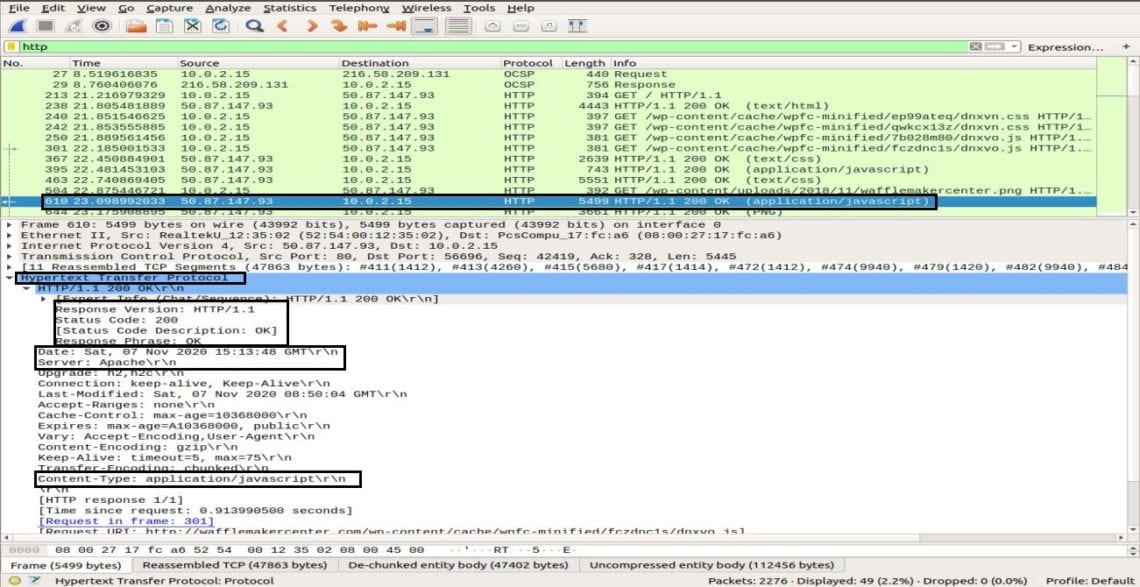

The strangest was that Wget received more data than Firefox.Īfter a few hours of investigations, it appeared that Wget was sending header “keepalive” to keep the connection open while using http version 1.0. Using tcpdump, we noticed that the packet with the “FIN” flag set was never send by the client. The main goal being to host all services on port 80. In my previous post, I explained that WordPress is hosted behind Apache2, Apache2 behind itself reachable behind my house-made reverse-proxy. Aside, Wget hanged for 2 minutes after downloading more than Firefox.

After quite a few tests, we noticed that this issue never happened with a browser like Firefox. multiple HTTP requests within a single TCP connection) despite the HTTP 0.9 request even though HTTP keep alive is only defined since HTTP 1.0 with an explicit Connection: keep-alive header in the request or since HTTP 1.1 implicitly.When a friend tried to syndicate my blog on his, his server was unable to complete the sync.

Additionally the server would do HTTP keep-alive (i.e. no full HTTP/1.x header) which is uncommon in the first place (obsolete since ages). If seen as HTTP as parsed by wireshark the client would do a HTTP 0.9 request (single line in request, i.e. Note that if these are actually two requests within the same connection then these are very strange behaving HTTP client and server or no (proper) HTTP at all. to find out if there was a connection teardown (FIN) and setup (SYN) for the same endpoints between the requests.

The timing information shown suggest that these requests are close together.īut, it is impossible to be definite about this without seeing more parts of the connection, i.e.The first request has a (relative) start sequence of 1 with a length of 9 and the second seems to immediately follow this by having a start sequence of 10.Usually the source port if ephemeral and does not get reused quickly for another connection. source port, source IP, destination port and destination IP for both requests are exactly the same. It is likely that these are two requests in the same connection because:


 0 kommentar(er)
0 kommentar(er)
